Postural orthostatic tachycardia syndrome (POTS) is a condition that results when the nervous system doesn’t regulate blood flow properly. As a result, children with POTS don’t get enough blood flow to the right place at the right time. Common symptoms include dizziness or feeling faint with changes in posture.
What is POTS?
Postural orthostatic tachycardia syndrome (POTS) is a disorder characterized by orthostatic intolerance, a condition that often causes multiple symptoms, especially when standing for a long time. When a person with POTS stands up, there is a significant increase in the heart rate and the heart rate stays elevated longer than usual. This heart rate response is key to diagnosing POTS. With position changes, blood pressure may fall, stay the same or increase.
What are the symptoms of POTS?
Children with postural orthostatic tachycardia syndrome often have a variety of symptoms, which may include any of the following:
- Cardiovascular: dizziness or lightheadedness (particularly when standing up quickly or standing for a long period of time), fainting, chest pain or palpitations (for example “skipped beats,” feelings of heart racing or pounding).
- Nervous System: headaches, mental fog, anxiety, depression, fatigue/tiredness, difficulty with sleep or tingling of extremities.
- Gastrointestinal: stomach pain, diarrhea, constipation, nausea or vomiting.
- Musculoskeletal: muscle or joint pain, very flexible joints or discoloration of hands and feet.
How is POTS diagnosed?
Children who are suspected to have POTS are often referred to a cardiologist. Here’s what to expect at the initial cardiology appointment:
- Health history
- Electrocardiogram (EKG or ECG) to record the electrical activity of the heart
- Examination by the cardiologist
How is POTS treated?
There is no one specific treatment or medication to treat all the symptoms of POTS. Depending on their symptoms, a child may need to see multiple specialists. The goal of treatment is to decrease symptoms and the impact of the symptoms on day-to-day life. This may be managed by a pediatrician and/or specialists.
Some common treatments for POTS include:
Dietary adjustments
- Increased fluid intake. Increasing fluid intake helps to increase and stabilize blood pressure.
- Increased salt intake. Increasing salt helps the body “hold onto” the extra fluid.
Lifestyle adjustments
- Exercise. Studies show that regular exercise is one of the most important treatments for POTS.
- Adequate sleep. Going to bed at the same time every night and unplugging from ALL electronics (games, TV, phones, tablets, computers) at least 1.5 hours before bedtime are very important.
- Healthy eating, without skipping meals. Skipping breakfast or other meals leads to increased mental fog, dizziness and nausea.
- Maintaining a normal routine as much as possible. Decreased activity can make symptoms worse.
Medications
- If the above measures do not work or don’t provide enough improvement in symptoms, there are several types of medicines that can be trialed to help reduce symptoms.
Cognitive behavioral therapy (CBT)
- This counseling is done with a psychologist trained in the technique. CBT helps patients work to adapt to the POTS symptoms and be more functional in their daily lives. Practicing mindfulness can also be helpful.
 https://riseandshine.childrensnational.org/wp-content/uploads/2025/02/girl-holding-heart-feature.jpg
300
400
Rise and Shine
https://riseandshine.childrensnational.org/wp-content/uploads/2017/11/childrens_riseandshine_logo.jpg
Rise and Shine2025-02-11 13:45:422025-02-28 12:43:208 ways to help children with CHD prepare for healthy futures
https://riseandshine.childrensnational.org/wp-content/uploads/2025/02/girl-holding-heart-feature.jpg
300
400
Rise and Shine
https://riseandshine.childrensnational.org/wp-content/uploads/2017/11/childrens_riseandshine_logo.jpg
Rise and Shine2025-02-11 13:45:422025-02-28 12:43:208 ways to help children with CHD prepare for healthy futures




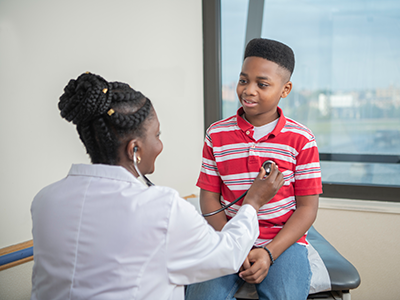




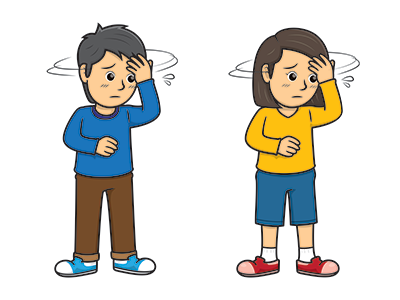

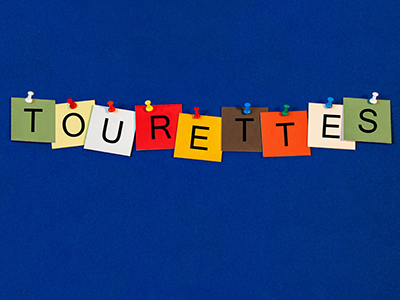

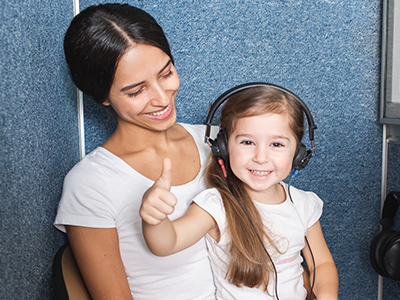
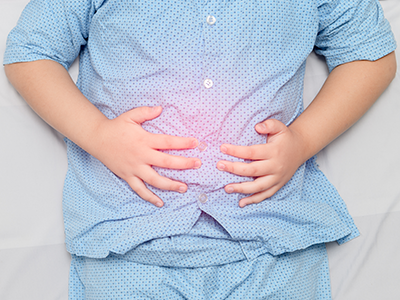
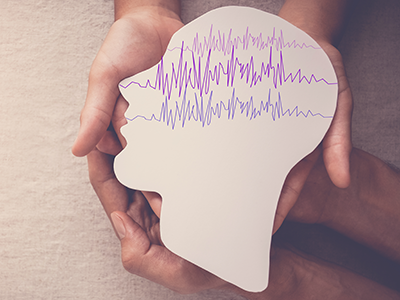
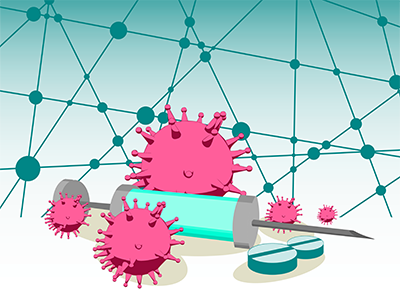

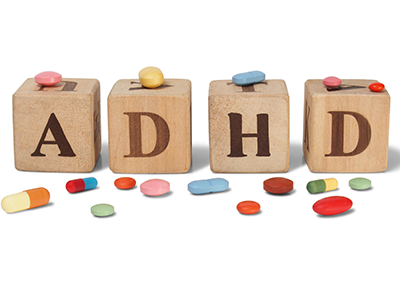
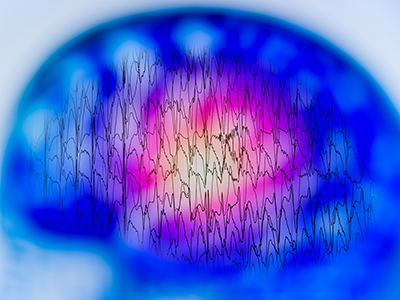
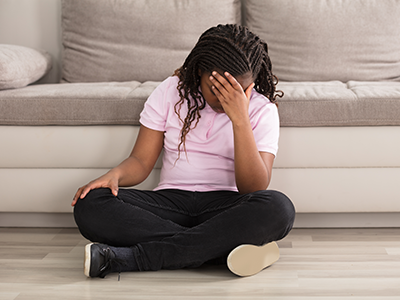
Leave a Comment
Want to join the discussion?Feel free to contribute!